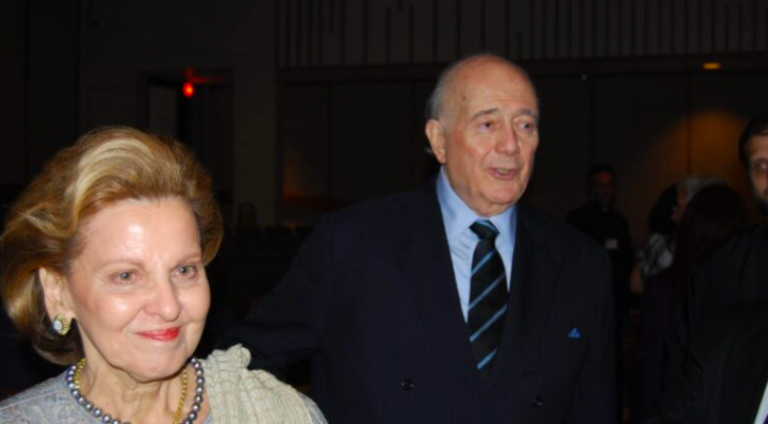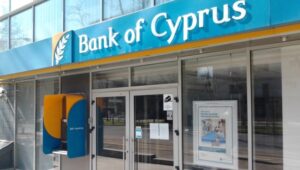The preparations start on Maundy Thursday, when the tsoreki (a type of brioche) is baked and eggs are dyed red, symbolizing the blood of Jesus Christ.
Many Orthodox fast in the days leading up to Easter, restricting themselves from meat, butter, milk and olive oil.
On Good Friday, the church’s priest or monk takes down the icon of Jesus Christ from the cross and wraps it in linen, reenacting the ancient burial rituals. The icon is then placed in Epitaphios, a casket decorated with many flowers, and paraded through the town as worshipers lament the death of Christ.
On Holy Saturday, the worshipers attend late night mass, bringing with them unlit candles. Worshipers light their unlit candles from the church’s Holy Light, which is said to be have taken from Jesus’ nativity cave in Jerusalem. When the clocks strikes midnight, the priest announces joyously that Jesus Christ has risen from the dead.
The pre-Easter fast ends with this lighting ceremony, so worshipers return home to enjoy a feast meal eating maghiritsa” (a soup with lamb offal and herbs) and cracking red dyed eggs. People usually make the sign of the cross upon their houses’ threshold using the flame of the burning candle. This is thought to protect the home and its inhabitants during the coming year.
Easter Sunday is considered a festive day of rejoicing with friends and family. In many parts of the country lamb is prepared on the spit. In some regions, the meat for the Easter table is roasted in the oven.
Easter Sunday is considered a festive day of rejoicing with friends and family. In many parts of the country lamb is prepared on the spit. In some regions, the meat for the Easter table is roasted in the oven.





